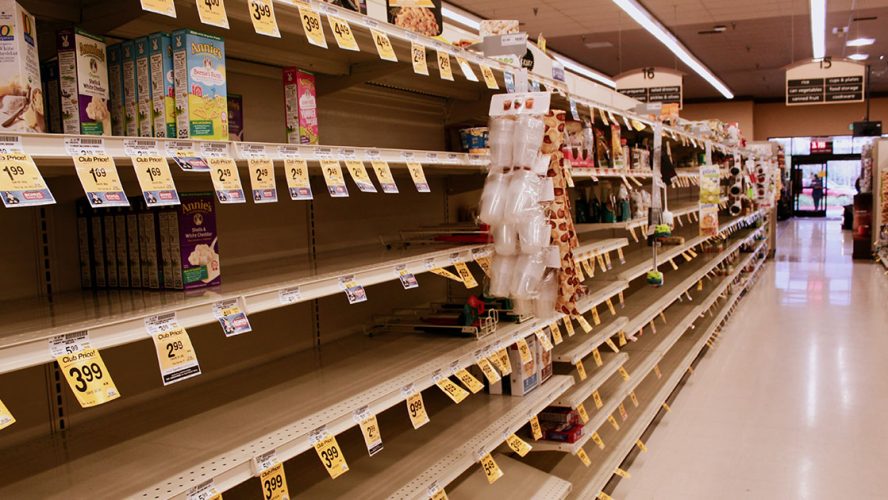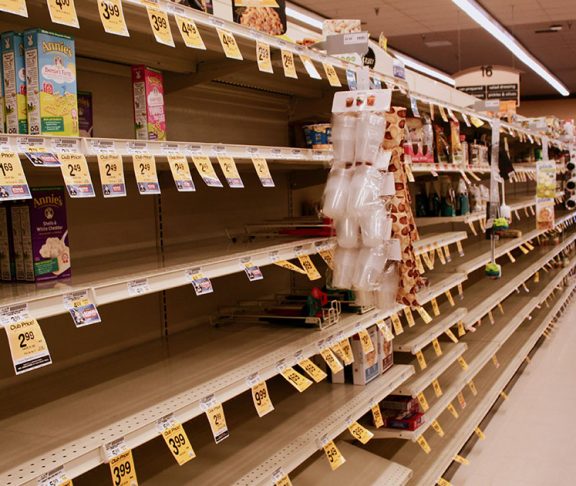Deborah Weinswig, CEO and Founder of Coresight Research, a global advisory and research firm specializing in retail and technology, shares some of the best ways for retailers to improve their supply chains and boost customer loyalty.

Deborah Weinswig
CEO and Founder, Coresight Research
What is the biggest challenge facing modern retailers today and what advice would you provide to these businesses?
The biggest challenge retailers face today is managing their supply chains, given the wide swings in category demand due to the lockdown and in rapidly changing consumer preferences. They need to implement robust supply chain solutions, via software, which will give them visibility, flexibility and control over their supply chains. The two most commonly used terms are agility (the ability to respond quickly to unforeseen changes in demand) and resilience (the ability to manage disruptions quickly to revert to prior stability).
How has the current crisis impacting retail supply chains?
Demand shifted toward essential items, such as food at home, IT and entertainment products, and outdoor and exercise equipment, as consumers spent more time at home, away from restaurants and office and fashion apparel. This shift in demand created volatility and shortages. Previously, supply chains had been fine-tuned for maximizing profitability. Now, they have to be optimized around flexibility.
What steps can retailers take in order to improve their supply chains?
Retailers need end-to-end supply chain visibility, from the manufacturer to the warehouse and the physical store to know where inventory is at all times. Their supply-chain platforms also need to be robust and agile, so as to quickly respond to changes in demand and consumer preferences. They also need the analytical tools to forecast demand and optimally allocate their inventory and assortment.
Where do you see analytics having the biggest impact in retail this year?
End-to-end visibility means that retailers can track every product in the supply chain, and agility means that they can easily make rapid changes, such as finding alternate sources due to shortages or rapid shifts in demand. Demand forecasting is the key piece of the supply chain, since it drives inventory, assortment, and fulfillment.
How can retailers use analytics to help enhance customer satisfaction?
Analytics helps retailers ensure that key products are in inventory, in the correct location, and also on the shelf. Consumers leave stores (i.e., become dissatisfied) due to product being out of stock, experiencing an unfavorable product selection, and due to relative prices. Analytics can also help with customer service, safety, returns, and in new-product development, which all improve customer satisfaction.

